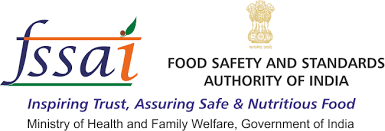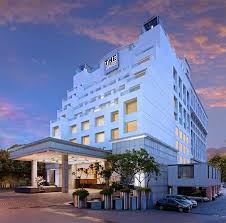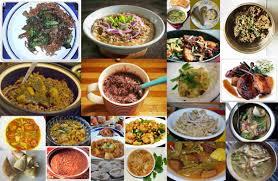Coming to an end with the blog posts, it’s time to give my overall recommendation to the OCHO board, which is one which has to be made after considering all the findings which have been done through out this virtual field trip. There have been many factors which have lead to the recommendation that we at OCHO Chocolate should not try and enter in the market in Chennai, India.
This is due to a number of reasons, with the main one being how much we stand to lose by trying to put our product into the market in Chennai. This is because in New Zealand we are charging 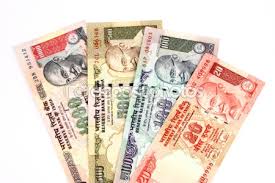 for our cheapest product $6.50 NZD, which equates to 303 Rupees, which is over 30 times the amount people in India pay for a standard chocolate bar, which is 10 Rupees. It is hard to find where we would be able to cut costs at trying to make this cheaper for people in the Chennai market and also more attractive for them, because of our stance of buying our cacao beans from the Pacific Islands at a fair price, not ripping them off. These other big companies which are in India like Nestle and Mars Inc. are likely to be doing many practices which are unethical so that they can have their prices so low while still making a profit, such as paying their workers very little and also by purchasing their cacao beans at an unreasonable price. This is how companies like this are able to charge such low prices, but this is not what we are about as we are trying to make a difference in the chocolate industry, by being ethical about how we make our product. This is one big reason why I feel we should not try and enter the market in Chennai, because it will be hard to make a profit.
for our cheapest product $6.50 NZD, which equates to 303 Rupees, which is over 30 times the amount people in India pay for a standard chocolate bar, which is 10 Rupees. It is hard to find where we would be able to cut costs at trying to make this cheaper for people in the Chennai market and also more attractive for them, because of our stance of buying our cacao beans from the Pacific Islands at a fair price, not ripping them off. These other big companies which are in India like Nestle and Mars Inc. are likely to be doing many practices which are unethical so that they can have their prices so low while still making a profit, such as paying their workers very little and also by purchasing their cacao beans at an unreasonable price. This is how companies like this are able to charge such low prices, but this is not what we are about as we are trying to make a difference in the chocolate industry, by being ethical about how we make our product. This is one big reason why I feel we should not try and enter the market in Chennai, because it will be hard to make a profit.
Another factor which has led me to giving this recommendation of not entering the market in Chennai is because of the established market already in Chennai and India, which already booming. Companies like Mondelez International Inc., Mars Inc., Ferrero, Nestle and also Hershey have all made their mark so far in the chocolate market, so it will be hard for us to come in and try and convince the consumers to go for a different product like ours. This is because the consumers are going to need to be convinced that they should try a different product, which will be hard to make them choose us as we will have to charge at a much higher rate than what the consumers in Chennai are used to. This is another big reason why I feel as though Chennai is not the right market for us.
Even though there are many reasons which could make Chennai a great market for us, such as the increase each year that there is for the amount of chocolate being eaten (228 Thousand Tonnes of chocolate) and also that the people of Indian are open to trying new things, it will be hard to convince them to get stuck into our products. This is because it will be hard to convince them to change allegiances in terms of their chocolate loyalty when we have a product which is going to cost significantly more than the competitor s in the market, due the ethics we like to have within our business. This is why I recommend that we do not try and enter the market of Chennai, India.
s in the market, due the ethics we like to have within our business. This is why I recommend that we do not try and enter the market of Chennai, India.
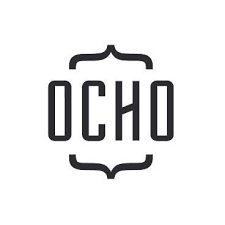
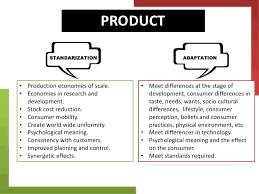
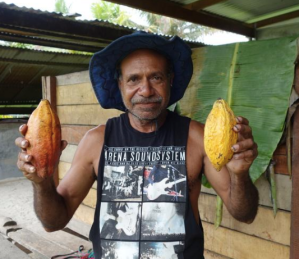
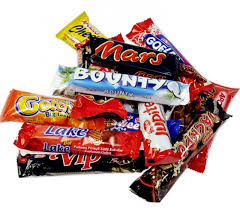 Chocol
Chocol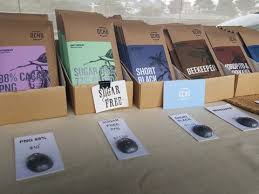


 Another cultural challenge we will face when trying to enter the market of Chennai is trying to get around the corruption which is in place in India. This is due to the BBC reporting back in 2015 about how hard it is for small foreign businesses trying to establish a market for their business in India due to middle men in India wanting something extra to get them to do the work. This is because Indian locals know they are able to try and exploit foreign businesses, as they don’t know much about the culture and aren’t big enough to do anything about it. We will need to keep this in min
Another cultural challenge we will face when trying to enter the market of Chennai is trying to get around the corruption which is in place in India. This is due to the BBC reporting back in 2015 about how hard it is for small foreign businesses trying to establish a market for their business in India due to middle men in India wanting something extra to get them to do the work. This is because Indian locals know they are able to try and exploit foreign businesses, as they don’t know much about the culture and aren’t big enough to do anything about it. We will need to keep this in min A third cultural challenge which we will need to overcome is finding a price which fits with what the people are willing to pay for chocolate. This is because the price of chocolate in India is far lower due to being produced differently to ours. This allows them to be cheaper, as they also have factories producing it in India. We need to some how sell our product as being worthwhile to purchase, as people in India aren’t usually willing to spend so much money on goods which can be seen as luxury goods.
A third cultural challenge which we will need to overcome is finding a price which fits with what the people are willing to pay for chocolate. This is because the price of chocolate in India is far lower due to being produced differently to ours. This allows them to be cheaper, as they also have factories producing it in India. We need to some how sell our product as being worthwhile to purchase, as people in India aren’t usually willing to spend so much money on goods which can be seen as luxury goods. 




